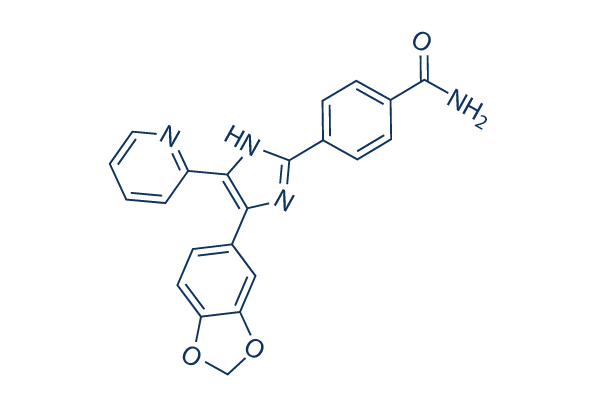NT2/ D1 cells, suspended in DMEM medium con taining 10% NuSerum, have been seeded during the mem brane insert. Seven hundred uL of serum containing medium supplemented with PGD2 or etha nol car was positioned during the lower chambers, together with the medium changed day by day for 72 h at 37 C. Cells were fixed and stained for propidium iodide. The quantity of cells on each and every membrane was counted below a microscope at a magnification of 40?. Experiments have been performed at least twice, and just about every sample was assayed in triplicate. Viruses and transduction LacZ, PTGDS, and SOX9 shRNA containing lentiviral selleck chemical vectors were obtained in the National RNAi Core Facility and prepared in ac cordance with conventional protocols. Cells have been infected with lentivirus in medium containing polybrene.
Two PTGDS shRNAs targeted to nucleotides 540 to 560 had been synthesized based upon Genbank accession NM 000346. Rac activation assays Chelerythrine Cells grown to 80% confluence in 10 cm culture dishes had been initial transfected with five ug H rev107 or control ex pression vector and after that incubated with 500 ng/mL of PGD2 or ethanol vehicle for 24 h. Cells were serum starved for twelve h and then stimulated with 50 ng/mL epi dermal growth issue for 5 min at 37 C. Rac1 action was assessed working with the Rac1 activation assay kit. Briefly, cells had been washed twice with ice cold PBS then lysed in 0. 5 mL MLB buffer containing protease inhibitors and phosphatase inhibitors. Cellular lysates containing 300 ug protein were then incubated with ten uL on the PAK one PBD agarose bound with glutathione S transferase fusion protein corresponding to the human p21 binding domain of human PAK one at 4 C for one h.
 Following washing three times with MLB containing protease and phosphatase inhibitors, presence of your activated Rac1 was detected by Western blotting implementing an anti Rac1 monoclonal antibody. Effects Expression of H rev107 and PTGDS in mouse testes To analyze the expression of H rev107 and PTGDS proteins inside the testis of Balb/c mice, we performed an immunohistochemical analysis. Powerful H rev107 ex pression was detected in spermatids, and no H rev107 expression was observed in spermatogonia and sperma tocytes. Localization of H rev107 protein was much like H REV107 RNA detected in human testis. Similarly, positive PTGDS staining was observed only in spermatids. For this reason, H rev107 and PTGDS were each expressed within the terminally differenti ated testis tissues. No staining was observed in tissues incubated with rabbit management IgG. The expression of H rev107 and PTGDS was also confirmed by Western blotting in testis cell extracts prepared from three mice. H rev107 associates and co localizes with PTGDS RIG1 can interact with PTGDS.
Following washing three times with MLB containing protease and phosphatase inhibitors, presence of your activated Rac1 was detected by Western blotting implementing an anti Rac1 monoclonal antibody. Effects Expression of H rev107 and PTGDS in mouse testes To analyze the expression of H rev107 and PTGDS proteins inside the testis of Balb/c mice, we performed an immunohistochemical analysis. Powerful H rev107 ex pression was detected in spermatids, and no H rev107 expression was observed in spermatogonia and sperma tocytes. Localization of H rev107 protein was much like H REV107 RNA detected in human testis. Similarly, positive PTGDS staining was observed only in spermatids. For this reason, H rev107 and PTGDS were each expressed within the terminally differenti ated testis tissues. No staining was observed in tissues incubated with rabbit management IgG. The expression of H rev107 and PTGDS was also confirmed by Western blotting in testis cell extracts prepared from three mice. H rev107 associates and co localizes with PTGDS RIG1 can interact with PTGDS.
CARS signal
The CARS signal is detected on the blue side
